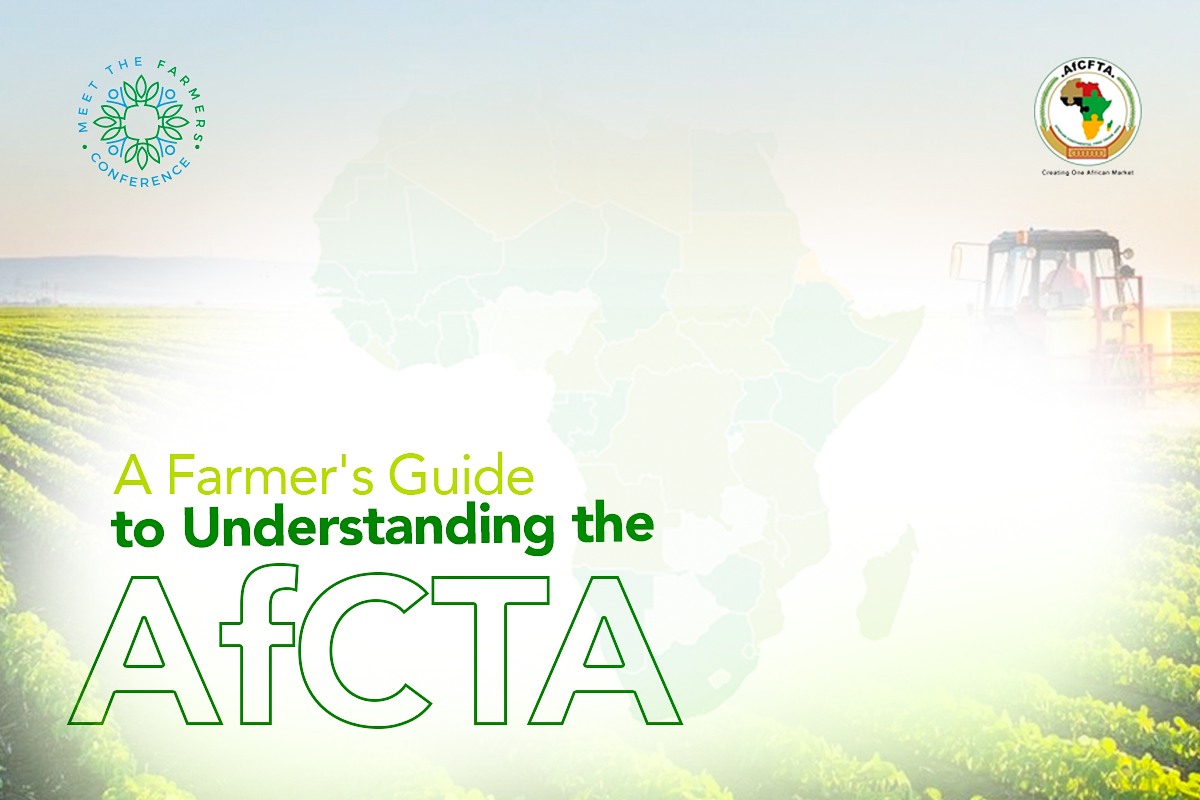Where this is found in Africa: Shea Butter
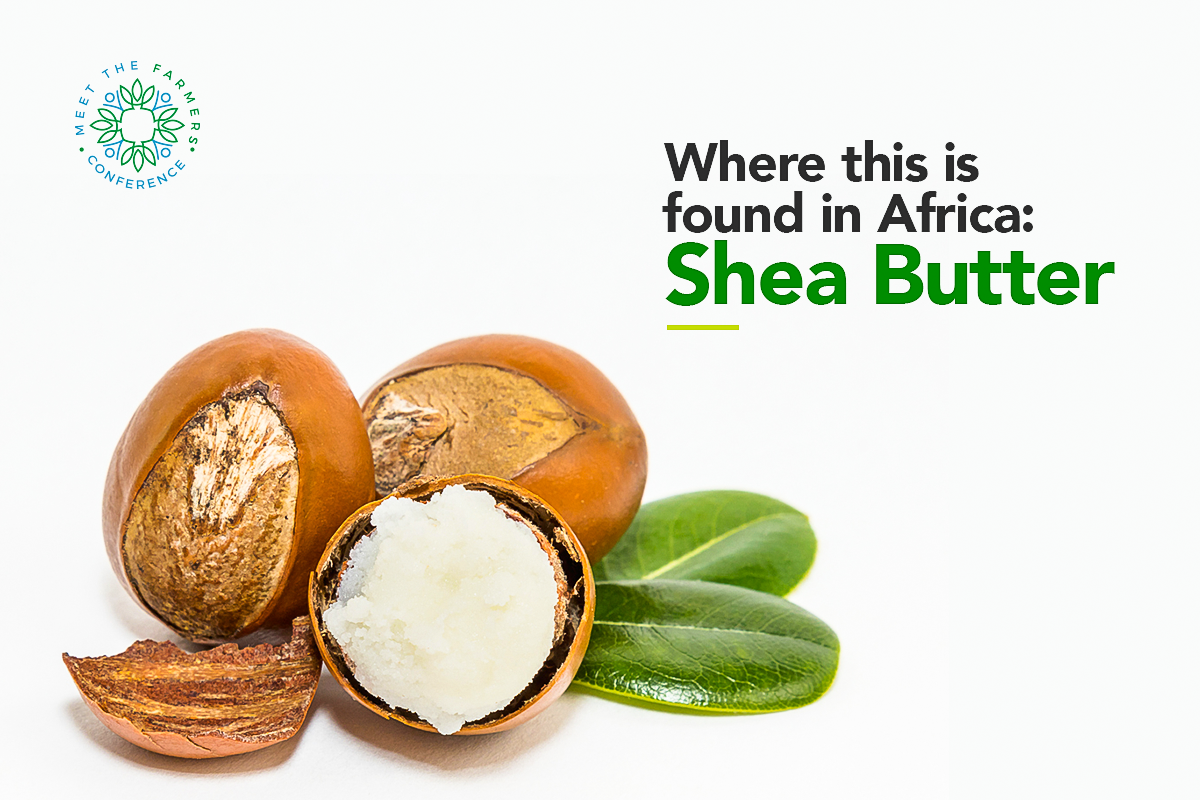
Shea butter is a fat extracted from the tiny brown oval nuts of the wild Shea trees that are native to East and West Africa. Its origin dates back to Egypt, where it was used as a cosmetic product. Its trade was also very popular in the Middle East before it reached other coastal regions and the European market.
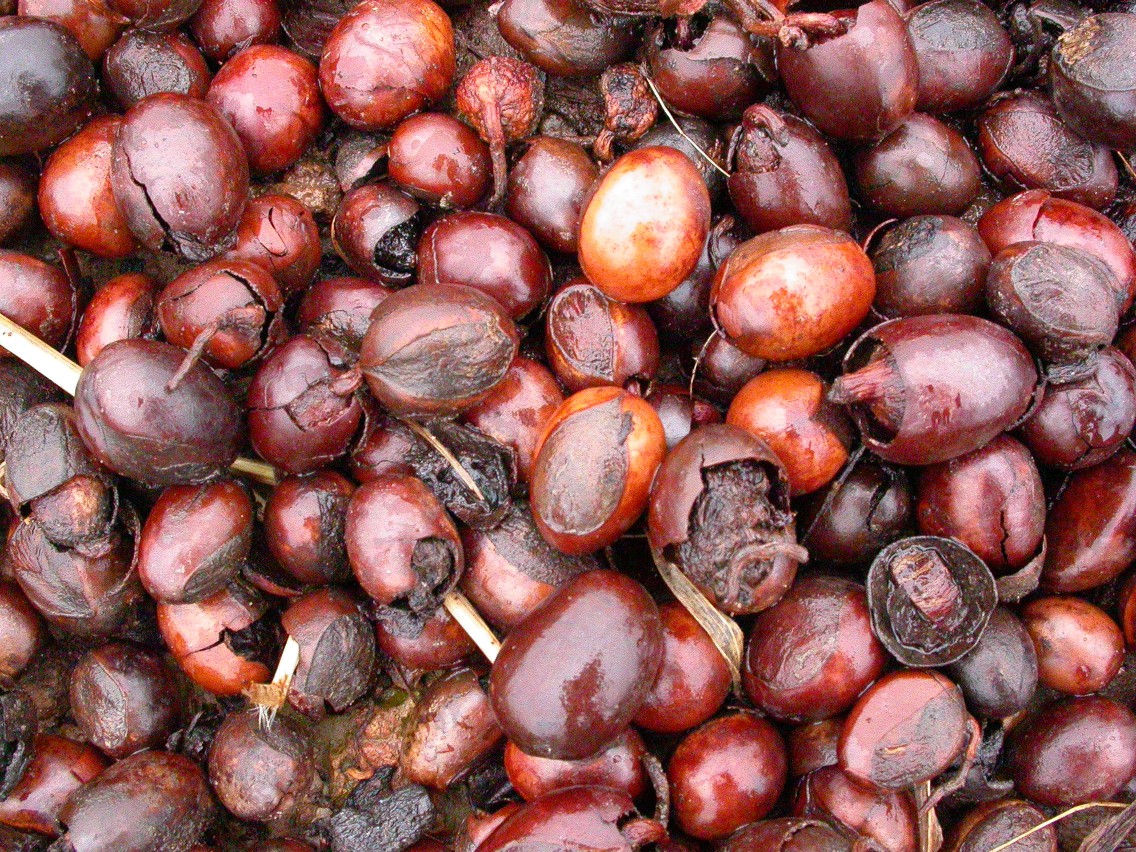
The nuts are found in an almond-like fruit. It is dried, ground to powder, then boiled in water to let out a highly-concentrated butter. The substance rises to the top, solidifies, and is then milled and filtered to extract the unrefined Shea butter. It has an off-white color, frictionless feel, and easy-grip texture that has made it a valuable cosmetic ingredient for centuries.
Uses of Shea Butter
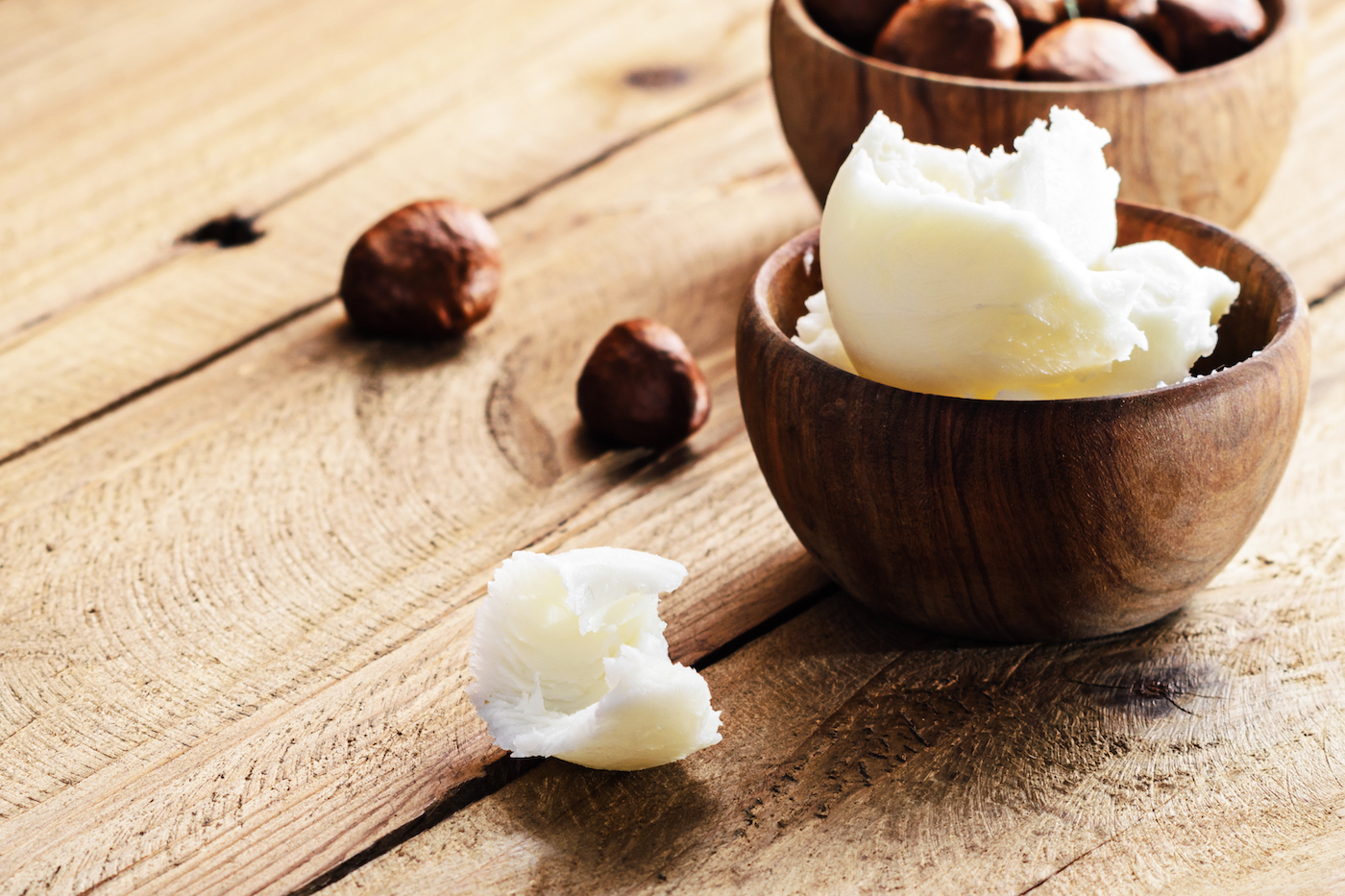 It helps stimulate collagen production for the treatment of wrinkles, scars, and burns.
It helps stimulate collagen production for the treatment of wrinkles, scars, and burns.
- It can be used to moisturize dry scalp and stimulate hair growth
- It moisturizes and protects the skin from the sun’s harsh UV rays by creating a mild natural sunscreen
- Shea butter is used as a cooking butter
- It is used to treat eczema, burns, dry skin, acne, and dermatitis
- Other common uses of Shea butter include candle-making, cosmetic production, and in waterproofing wax.
Where Shea Butter is Found in Africa
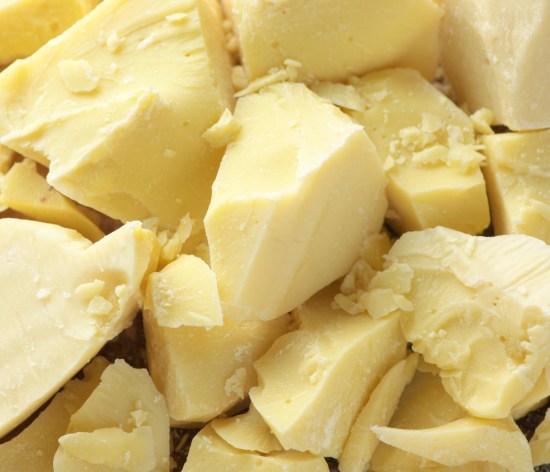
Today, Shea butter is found in Nigeria, Ghana, Benin, Burkina Faso, Central African Republic, Cameroon, Chad, Ethiopia, Eritrea, Guinea Bissau, Uganda, Togo, Ivory Coast, Senegal, Niger, Mali, Sierra Leon, South Sudan, Sudan, Democratic Republic of Congo, Kenya, and Guinea. Of these countries, Nigeria, Ghana, and Uganda are the largest producers of Shea butter in Africa.
Ghana and Nigeria cultivate the species called Vitellaria Paradoxa while Uganda cultivates Vitellaria Nilotica. Both species can grow as high as 50fts and takes 40 to 50 years of maturity before producing Shea nuts. The Shea tree grows wild across over 1.5 million square miles of the Savannah and can remain productive for up to 200 years.
About 600,000 tonnes of Shea butter is produced in Africa per annum. The Shea butter produced in West Africa is denser while that produced in East Africa is creamier. Also, West African Shea butter has a higher concentration of vitamin A, compared to that of East Africa.
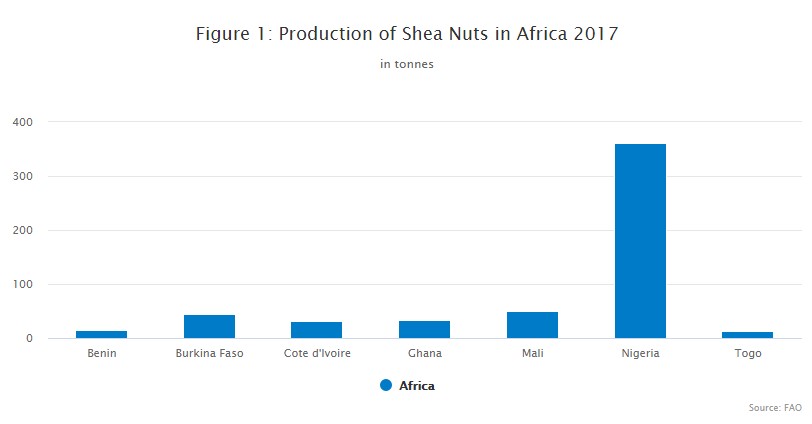 According to FAO Stat, Nigeria was the largest producer of Shea nuts in 2017. Despite it produces about 370,000 metric tonnes per annum, only about 20,000 metric tonnes is processed into butter. Although most Shea butter produced in Nigeria is for domestic consumption, there is undocumented trade of Shea nuts across to Ghana, Togo, and Benin. On the other hand, Mali, Burkina Faso, and Ghana are the largest exporting countries of Shea nuts.
According to FAO Stat, Nigeria was the largest producer of Shea nuts in 2017. Despite it produces about 370,000 metric tonnes per annum, only about 20,000 metric tonnes is processed into butter. Although most Shea butter produced in Nigeria is for domestic consumption, there is undocumented trade of Shea nuts across to Ghana, Togo, and Benin. On the other hand, Mali, Burkina Faso, and Ghana are the largest exporting countries of Shea nuts.
The global Shea butter market is estimated to reach $1.74 billion by 2025. For Africa to maximize its involvement in this market, there is a need for standard Shea processing methods and facilities, best practices awareness amongst farmers, and adequate documentation of all exported Shea butter across the continent. Most importantly, these governments need to heavily investment to harness the full potential of Shea butter in the international market.
Written by Joy Ejere Uche

